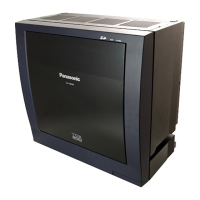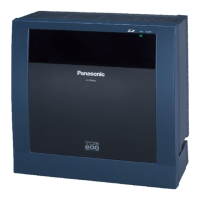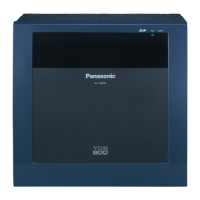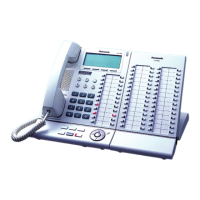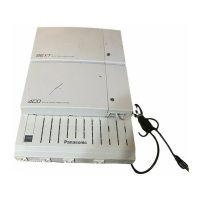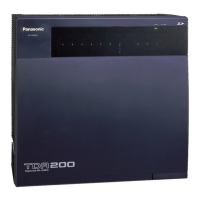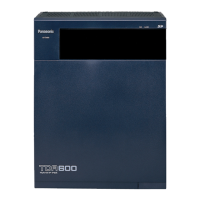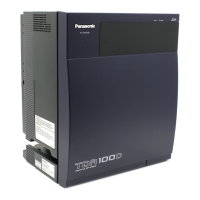1.5 Making Call Features
Feature Guide 93
1.5.4.4 Dial Type Selection
Description
The dialling mode (rotary or tone) can be selected for each analogue trunk through system programming
regardless of the originating extension (under contract with the telephone company).
There are the following modes:
Conditions
• Pulse to Tone Conversion
It is possible for an extension user to temporarily switch from Pulse mode to DTMF mode so that the
user can access special services such as computer-accessed long distance calling or voice mail
services. To switch to DTMF mode, wait for a preprogrammed time period (Default: five seconds) after
the trunk is connected, or press . This feature works only on trunks set to Pulse mode. DTMF mode
cannot be changed to Pulse mode.
• It is possible to select the pulse rate for a trunk port that has been set to Pulse mode. There are two
pulse rates: Low (10 pps) and High (20 pps).
• It is possible to assign the minimum duration of the DTMF signal sent to a trunk port that has been set
to DTMF mode.
Programming Manual References
PC Programming Manual
2.7.11 [1-1] Slot—LCO Port
→ Dialling Mode
→ DTMF Width
→ Pulse Speed
2.7.19 [1-1] Slot—T1 Port (KX-TDA100/KX-TDA200/KX-TDA600 only)
→ CO Dial Mode
→ DTMF Width
→ CO Pulse Speed
2.7.25 [1-1] Slot—E1 Port
→ CO Dial Mode
→ DTMF Width
→ CO Pulse Speed
2.7.28 [1-1] Slot—E&M Port (KX-TDA100/KX-TDA200/KX-TDA600 only)
→ Dialling Mode
→ DTMF Width
→ CO Pulse Speed
2.7.31 [1-1] Slot—DID Port
Mode Description
DTMF (Dual Tone Multi-
Frequency)
The dialling signal from an extension is converted to tone dialling.
DTMF signals are transmitted to the trunk.
Pulse Dial (Rotary) The dialling signal from an extension is converted to rotary dialling.
Rotary pulses are transmitted to the trunk.
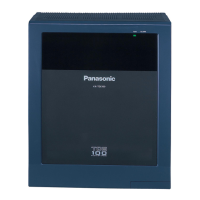
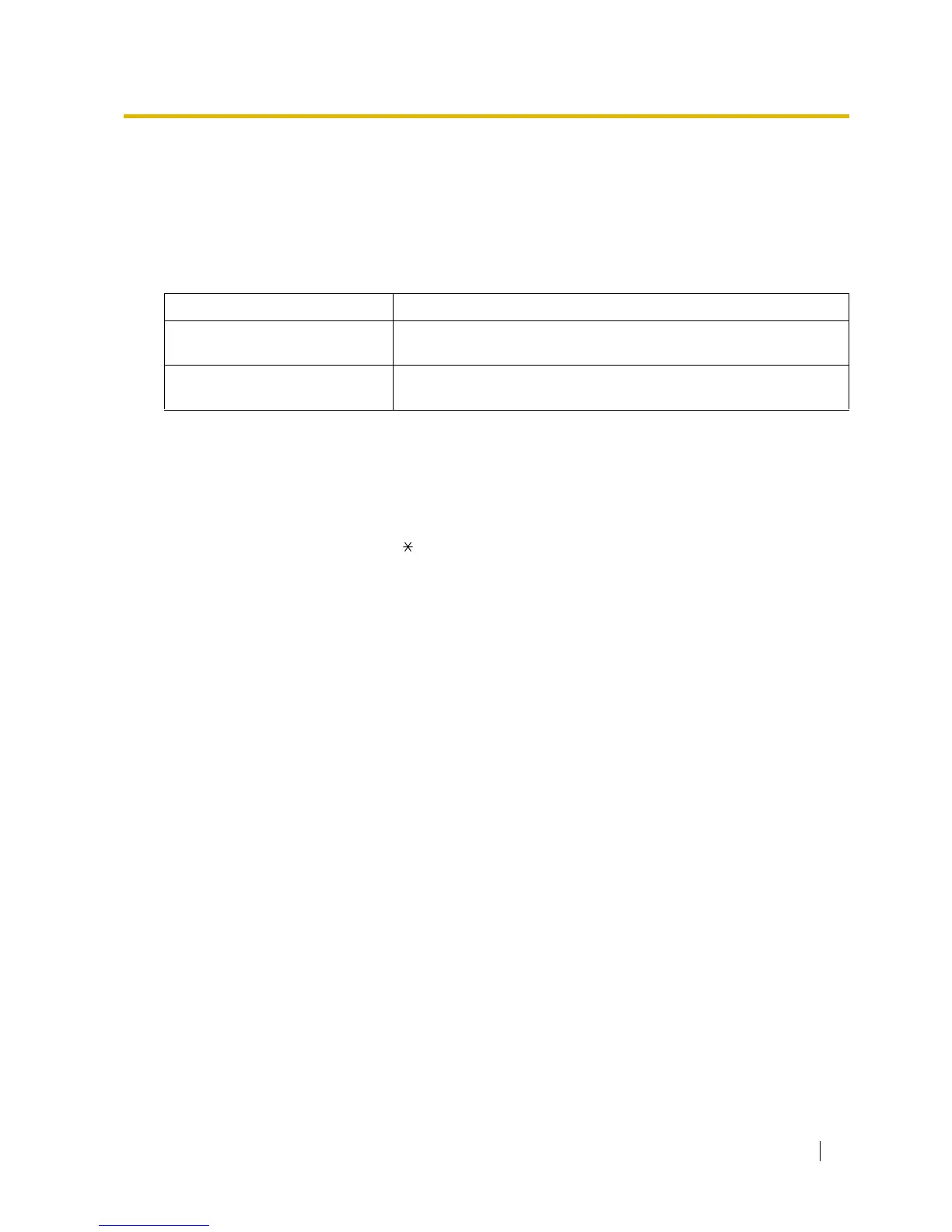